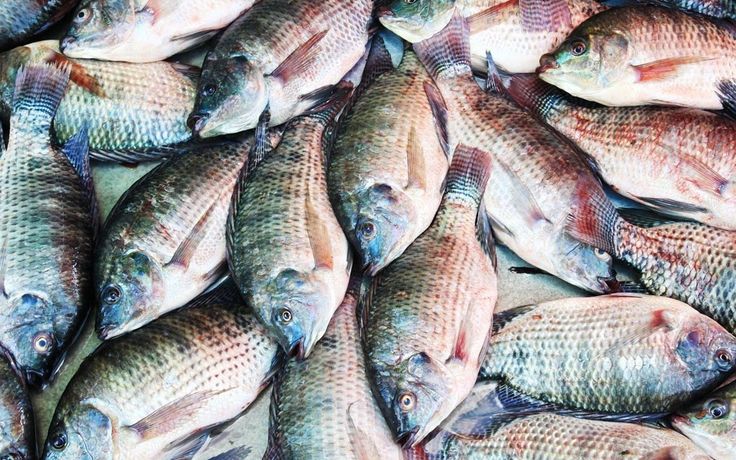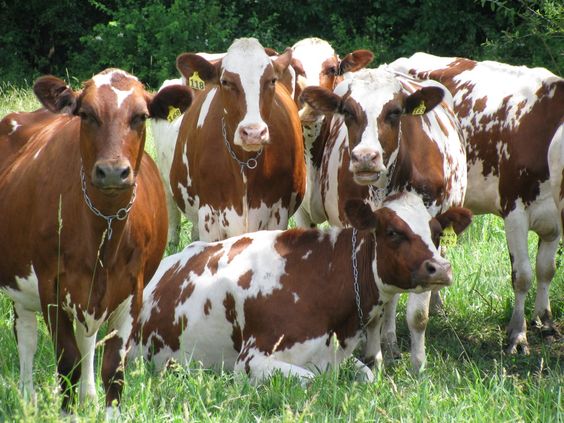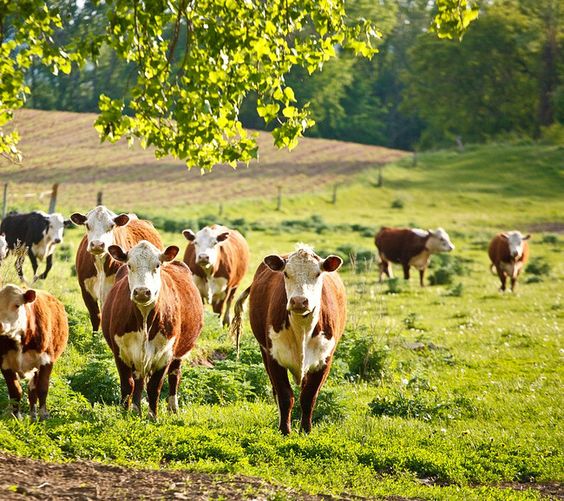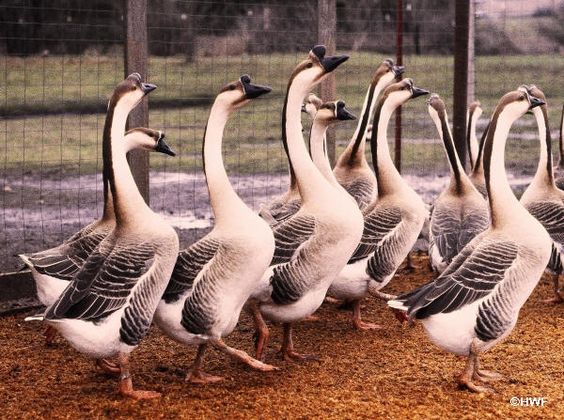Fresh Fish Farm: Your Source for Sustainable and Delicious Seafood
Fresh fish farms play a crucial role in meeting the growing demand for seafood while aiming to be mindful of environmental impact. These farms raise fish in controlled environments, offering several advantages compared to wild-caught fish.
This comprehensive guide dives into the world of fresh fish farms, exploring their methods, benefits, and considerations.
What is a Fresh Fish Farm?
A fresh fish farm is an operation dedicated to raising fish for human consumption. Unlike fishing in the open ocean, these farms provide a controlled environment where the fish can be raised in specific conditions, ensuring their health and quality.
Types of Fresh Fish Farms:
Aquaculture: This broad term encompasses all types of fish farming, including marine farms in the ocean, and land-based farms in tanks or ponds.
Recirculating Aquaculture Systems (RAS): These closed-loop systems reuse water efficiently, minimizing waste and environmental impact.
Aquaponics: This integrated system combines fish farming with plant cultivation, using the nutrients from the fish waste to nourish the plants.
Benefits of Fresh Fish Farms:
Sustainability: Well-managed fish farms can contribute to sustainable seafood consumption by reducing pressure on wild fish stocks.
Quality Control: Farms can ensure consistent quality and freshness of the fish throughout the year, regardless of seasonality.
Improved Fish Health: Controlled environments allow for better monitoring and management of fish health, minimizing the risk of disease and parasites.
Environmentally Controlled Growth: Farms can optimize water quality, temperature, and other environmental factors to optimize fish growth and reduce stress.
Traceability: Consumers can often trace the origin of farm-raised fish, ensuring it meets their ethical and environmental standards.
Considerations for Fresh Fish Farms:
Environmental Impact: While offering sustainability benefits, some fish farm practices can impact the environment through water pollution, escapees, and the use of antibiotics. Choosing responsibly managed farms that prioritize sustainable practices is crucial.
Feed Sources: The type of feed used in fish farms can have environmental and ethical implications. Look for farms that use sustainable and non-GMO feed sources.
Animal Welfare: Just as with any animal agriculture, animal welfare should be a priority. Choose farms that prioritize humane treatment of the fish and minimize stress levels.
How to Choose a Sustainable Fresh Fish Farm:
Look for certifications: Labels like the Aquaculture Stewardship Council (ASC) and Best Aquaculture Practices (BAP) indicate that the farm meets certain sustainability standards.
Do your research: Learn about the farm’s practices, including water management, feed sources, and animal welfare policies.
Buy locally: Supporting local fish farms reduces transportation carbon footprint and helps maintain local economies.
Ask questions: Engage with your local fishmonger or retailer to understand their sourcing practices and choose ethically sourced fish.
The Future of Fresh Fish Farms:
As the demand for seafood continues to rise, fresh fish farms are likely to play an increasingly important role in meeting this demand. However, ensuring sustainability and ethical practices will be crucial. Advancements in technology, such as closed-loop systems, alternative feed sources, and improved waste management, will all contribute to a more sustainable future for fish farming.






